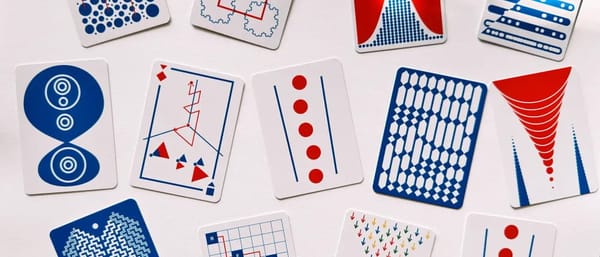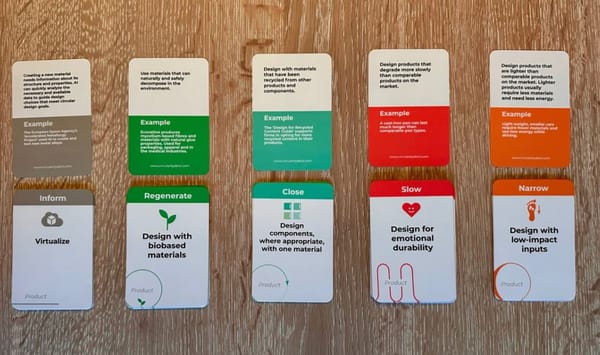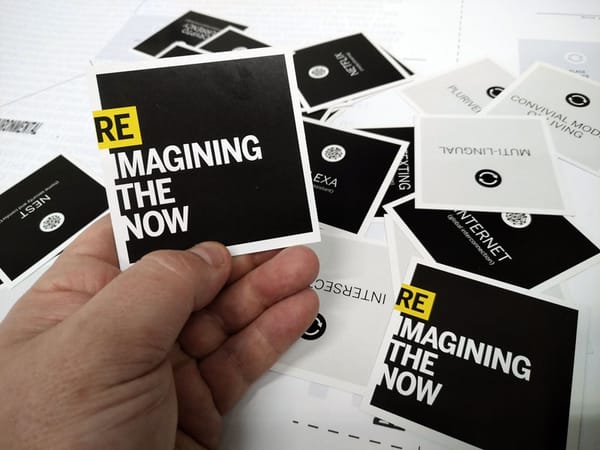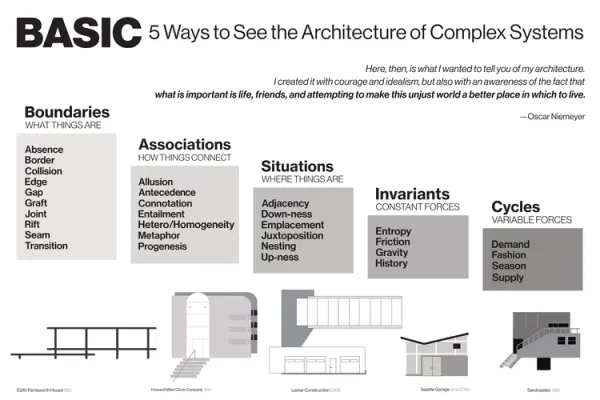№ 51 | Caregiving 101, Post-Solarpunk?, Working on Digital Walls, Streamlining Decisions, and Superpowers & Shadows
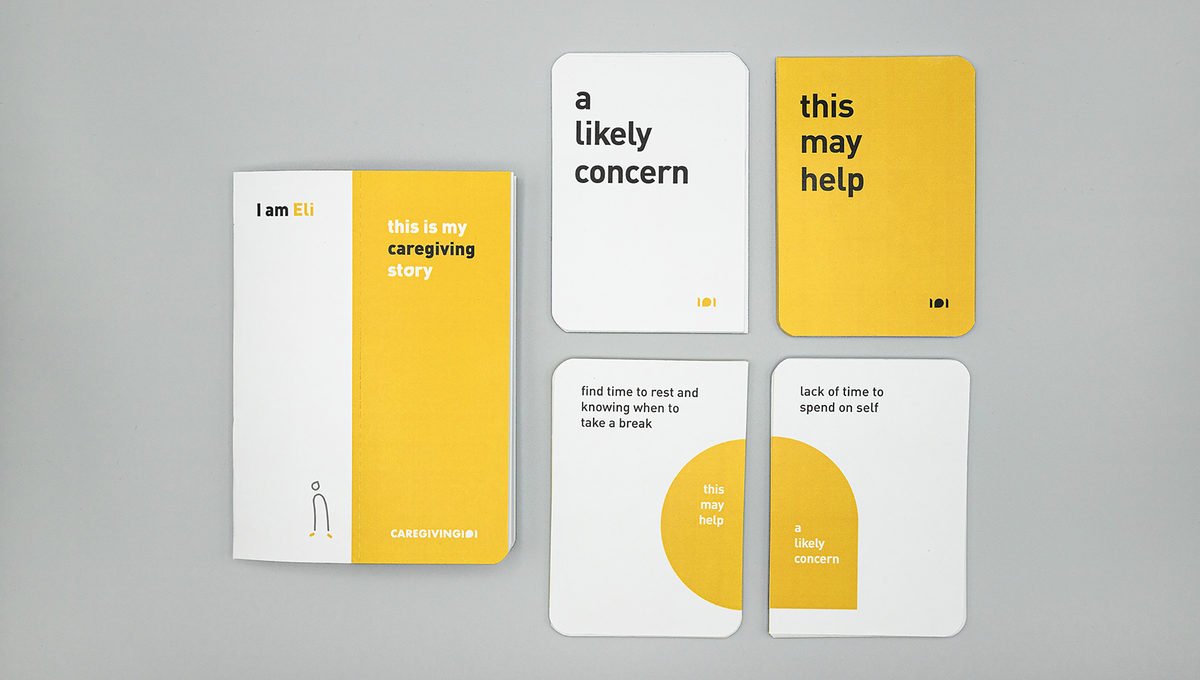
Caregiving 101
I love the interplay between the cards and journal in this Caregiving 101 design project (check out the concept video!).
Caregiving101 is a caregiving toolkit seeking to facilitate conversations between caregivers. The system of tools within Caregiving101 is built upon the foundations of Solomon’s Paradox - that notion that one can think more sensibly about other’s problems than one’s own.

No love for Solarpunk?:
So… interesting proposal here, though I'm not sure if it's anything new or an attempt to rebrand everything that got us into our current mess: “The Terrapunk Manifesto - a Solarpunk alternative.” If I invoke something like Dator's Four Futures, I see this as a tension between a Discipline future and Continued Growth future. And having just finished reading Dune, the Dune references didn't work for me—Dune is too rich with nuanced and complex ideas to reduce to a flimsy reference like “mastering nature.” That said, I also just finished reading A Psalm for the Wild-Built (a highly praised Solarpunk novella) which… also felt like it overlooked some basic human drives that make us, well, human. 🤷🏻♂️
Working on digital walls?
Good ideas in this piece on “Team memory, organisational sharing and serendipity in distributed workplaces.” How would you answer this question:
How can we replicate office-based sharing while distributed?
Streamlining decisions: a framework
Hmm—is making decisions really this easy? 🤔
In my experience there are mainly two factors that impact good decision-making: clarity on what good means - is the decision moving us in the right direction?clarity on who should take the decision - were all the relevant people involved in the decision-making?

Source: “Streamlining decisions: a framework”
Superpowers & shadows
I love this piece exploring how to coach people to recognize the “dark side of your superpower.” I think it resonates with me, as it aligns with the CliftonStrengths philosophy, which is to not focus on your weaknesses, but rather look for the blind spots inherent in your strengths. Bonus points for the five example use cases of this coaching approach in action.

BONUS: I love the visual design / presentation layer for these two micro-sites:
Everyone has JavaScript, right? and The ideal viewport doesn’t exist


